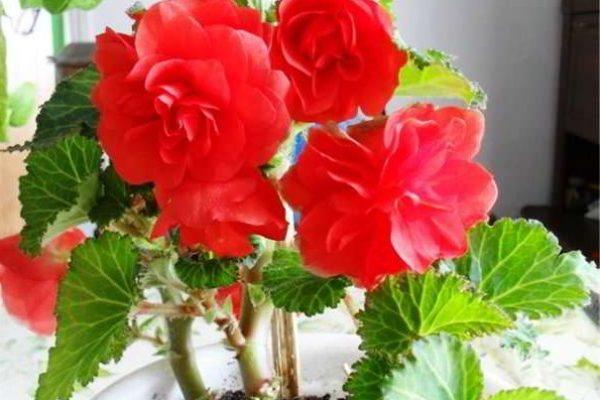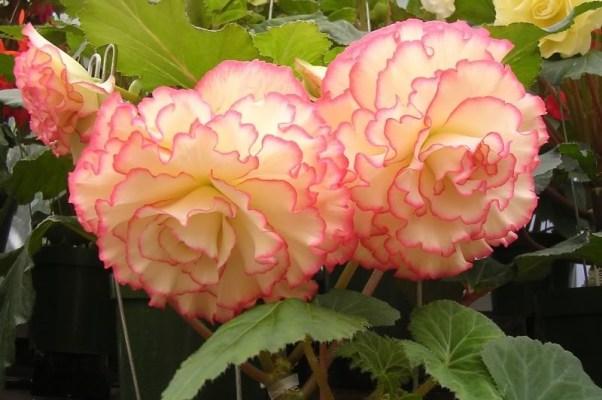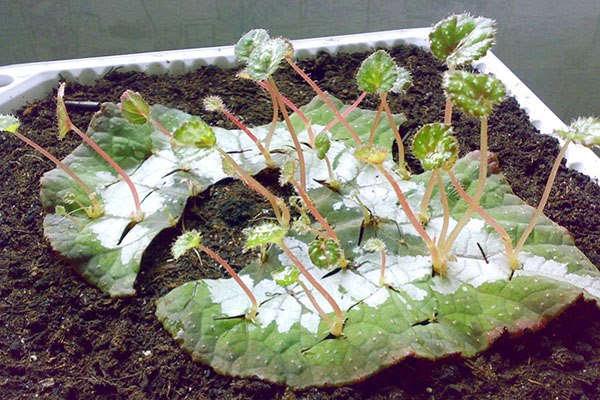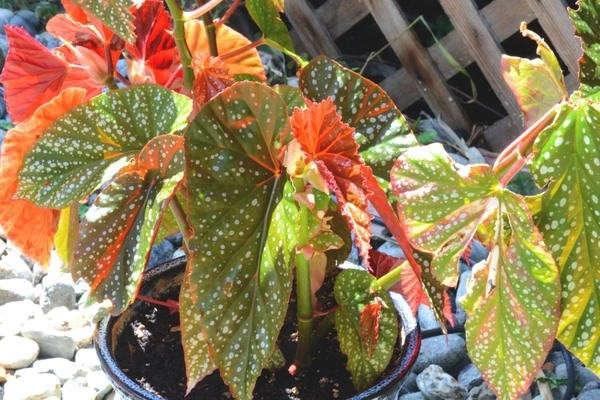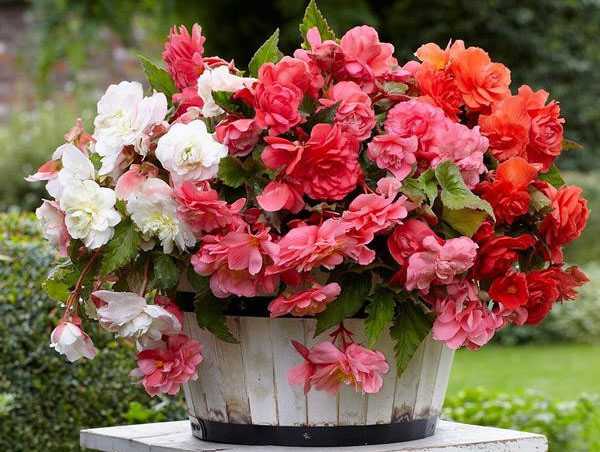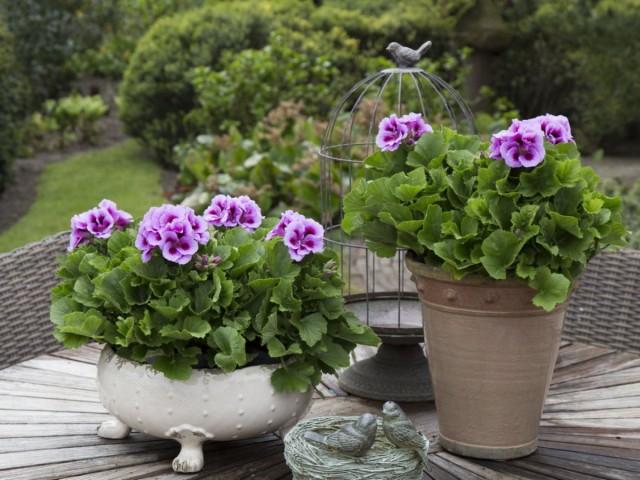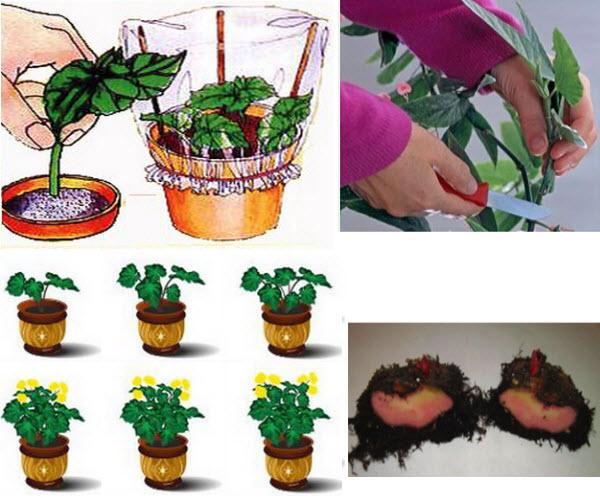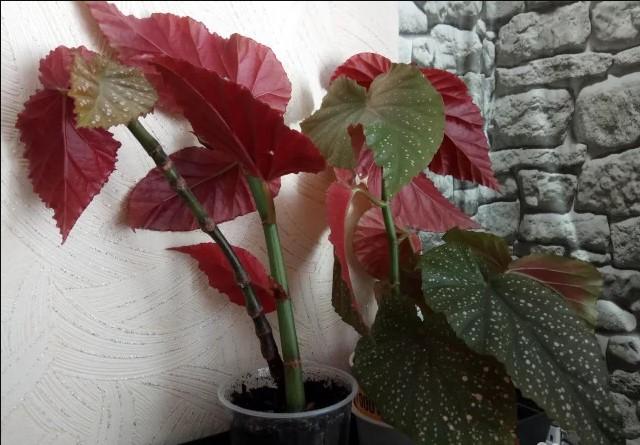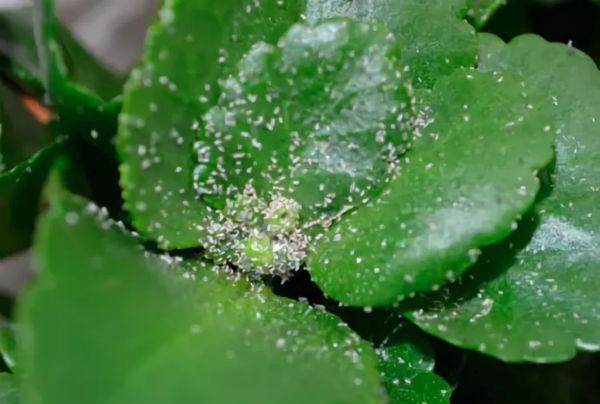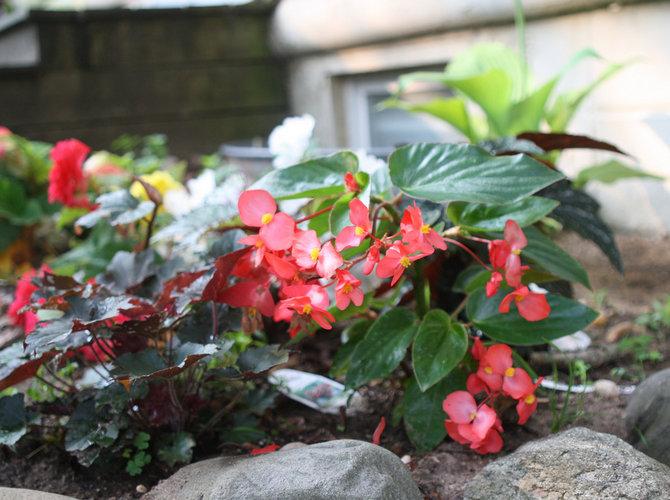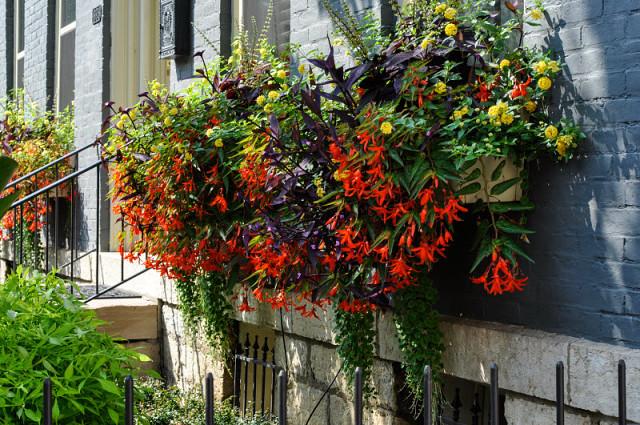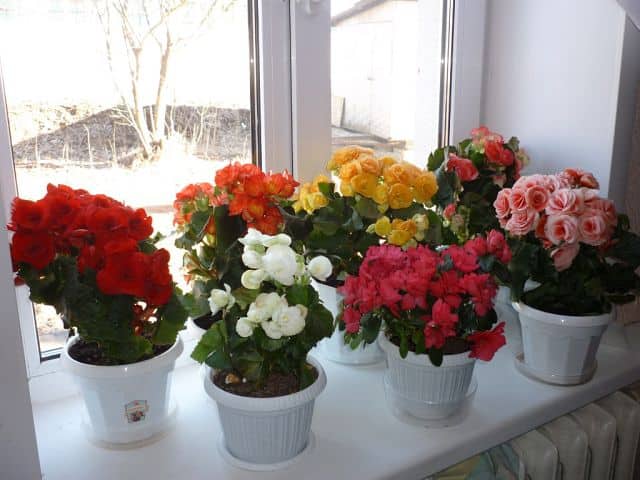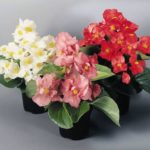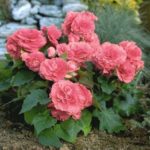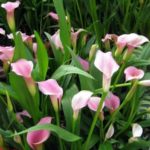Tuberous begonia has a wide variety of varieties; planting and caring for the garden does not require much effort or time. The culture is famous for its bright colors of inflorescences and is widely used in landscape design.
- Tuberous begonia: features and characteristics of the culture
- Advantages of use in landscape design
- Popular varieties
- Growing conditions
- Location in the garden: suitable and unsuitable neighbors
- Illumination
- Requirements for soil composition
- Temperature
- How to plant begonia in open ground
- Disembarkation dates
- Planting schemes and technology
- How to care for a bush
- Watering and fertilizing
- Trimming
- Begonia transplant
- Diseases and pests: treatment and control
- Wintering a flower
- Is it necessary to dig up plants for the winter?
- The difference between wintering begonias at home and in the open ground
- How to preserve young begonia tubers in winter
- Reproduction methods
- Main difficulties in growing
Tuberous begonia: features and characteristics of the culture
Begonia is a perennial plant with twining shoots. The bush can reach a height of up to 70 cm, depending on the variety. The leaves of the plant are heart-shaped and large in size. Inflorescences can vary in size, but usually consist of a cluster of flowers, forming a panicle. Features of the plant:
- can be grown both in open ground and indoors;
- forms tubers;
- the color of the flowers can be varied;
- Each variety may respond differently to changes in the environment.
Begonia varieties differ in leaf size and flower color. Also, inflorescences can be of various shapes and sizes.
Advantages of use in landscape design
The wide range of colors of plants allows you to create compositions and is often used in landscape design.
Benefits of begonia:
- the plant is unpretentious in care;
- rich colors;
- used for planting in a pot;
- can be used as a covering for flower beds;
- you can create various shaped designs;
- street begonia is used to create slides;
- combines with various plants.
Flaws:
- planting begonias in an area with constant sun exposure can contribute to the absence of inflorescences on the bushes;
- In autumn, begonia must be dug up, which can cause discomfort for large compositions.
The plant has a long flowering period and will be an ideal garden decoration.
Popular varieties
Among the large list of begonia varieties, it is necessary to highlight the most commonly used ones.
| Varieties | Characteristic |
| Picoti Harlequin | Small bush, yellow, double flowers. Leaves are small with teeth |
| Bouton de Rose | The inflorescences externally resemble a rose, light pink in color. The bushes are small, no more than 20 cm high |
| Duck Red | The bush is spreading and can reach up to 18 cm in height. The inflorescences are large, bright red |
| Crispa Marghinata | A bush up to 20 cm high. The plant is distinguished by bright inflorescences that have a curly edge and various colors. A distinctive feature of the inflorescence is the presence of a red border |
| Ampel varieties of begonias | |
| Rocsana | Bush with a cascade shape. The height of the erect stems reaches up to 30 cm. It blooms with orange inflorescences |
| Kristy | The height of the plant reaches only 20 cm, the shoots spread along the soil. White inflorescences |
| Chanson | Bush up to 25 cm high. Inflorescences are small, in large quantities |
| Begonia boliviana | |
| Santa Cruz Sunset F1 | The bush reaches a height of up to 35 cm. The inflorescences are red with orange impurities |
| Copacabana F1 | Small bushes up to 30 cm. Red flowers in the shape of a bell |
| Begonia everblooming | |
| Begonia everblooming Baby Wing | Bush up to 40 cm high, inflorescences of various colors and small shapes |
| Ambassador | Bushes of small height with a red border. Small inflorescences of various colors |
| Cocktail | The height of the bush is 15 cm. The root system is in the shape of a tuber. Blooms profusely with red and orange flowers |
| Hybrid species | |
| Tuber garden | Includes a large number of varieties. The bush is small in size, the flowers look like pink |
| Begonia root | The bushes are small in stature and are most often grown in pots. However, they can also be used as an addition to compositions. |
Growing conditions
In order for the plant to bloom wildly and make you happy, it is necessary to follow the peculiarities of caring for begonias.
Location in the garden: suitable and unsuitable neighbors
When planting in open ground, you must choose an area where there is slight partial shade and direct sunlight for no more than 5 hours a day. The plant prefers an average level of humidity; excessive amounts of water can lead to the formation of diseases.
| Good neighbors | Bad neighbors |
| · Marigolds;
· cineraria; · chrysanthemum; · aster; · bells; · verbena; · ageratum; · balsam
|
· Fruit trees;
· sweet peas; Plants that require large amounts of sunlight |
Begonia is most often used as the main plant when creating beds.
Illumination
Begonia prefers slight shade. Sunlight should be diffused. The plant does not like frequent changes in the environment. However, prolonged shadow can cause the bush to develop poorly, stretch upward and not bloom.
Important. Direct sunlight on the leaves can cause burns and lead to the death of the plant.
Requirements for soil composition
The soil for begonias should be light, with plenty of organic fertilizer. To make the plant less susceptible to diseases, fine river sand is used, mixed with the same amount of humus and two parts of soil. If the soil is poor, additional potash and phosphorus fertilizers, as well as peat, can be used.
Temperature
With proper care and timely watering, the plant can withstand high temperatures without losing color. However, low temperatures can have a detrimental effect on bushes. The plant is planted only when the soil has warmed up; for the first time after planting, it is recommended to use insulation.
How to plant begonia in open ground
Planting a plant does not require any special skills; it is enough to follow the standard rules.
Disembarkation dates
The plant is most often planted in mid-May, when there are no night frosts. At night the air temperature should be at least 12 degrees. However, if weather conditions are favorable, the plant can be planted earlier; at night, the planting is covered with plastic film.
Planting schemes and technology
Planting a plant is not difficult; you must follow these steps:
- small holes up to 7 cm deep are made in the prepared area;
- the holes are pre-watered with warm water;
- drainage is placed at the bottom of the hole;
- the tuber is carefully placed in the hole and sprinkled with soil;
- if already germinated seedlings are used, the above-ground part of the plant should be placed on the soil surface;
- the soil is compacted a little.
The distance between the holes must be at least 20 cm, otherwise the plant will lack nutrients.
How to care for a bush
Proper care includes watering and regular loosening of the soil. It is also important to apply fertilizers in a timely manner and monitor the condition of the leaves and shoots of the crop.
Watering and fertilizing
Watering the flower beds is carried out every three days in the morning. If the soil is wet, irrigation is postponed to the next day. It is necessary to water the plant moderately; excessive moisture leads to damage to the roots.
Fertilizers are applied according to the following scheme:
- after planting, complex mineral fertilizer is applied to the soil;
- during the period of bud formation, it is necessary to use potassium and phosphorus for abundant color;
- in July mineral fertilizers are added.
In autumn, fertilizing is not carried out, as it is necessary to prepare the roots for winter.
Trimming
In order for the bush to have an attractive shape, pruning is recommended. It is recommended to remove leaves and shoots after the bush reaches a height of 10 cm. All excess shoots are removed and a bush is formed.
After the shoots of the plant reach a length of 12-15 cm, the top is pinched. In order to avoid infection, a sharp knife is used, which is pre-treated with manganese.
Important. To prevent the plant from dying, the cut area after pruning is sprinkled with charcoal.
Begonia transplant
It is not recommended to replant the plant, as begonia does not tolerate changing its growing location. However, if necessary, the following actions are used:
- water the plant;
- carefully using a small shovel, dig out the plant along with the soil;
- place the seedling in a container with a light manganese solution for 15 minutes;
- transplant into prepared holes.
After the plant is removed from the ground, it is not recommended to delay the process of planting in a new place of growth.
Diseases and pests: treatment and control
Bushes are most often exposed to the following types of pests:
- aphid;
- scale insect;
- whitefly;
- nematodes.
The following drugs are used to control pests: Actellik, Fitoferm, Biotlin.
The most common diseases include:
- powdery mildew;
- gray rot;
- bacterial spot.
For treatment, the soil is thoroughly loosened and sprayed with the following preparations: “Topaz”, “Fundazol”, a light solution of copper sulfate.
Wintering a flower
In mid-August, watering and fertilizing stops, and the roots of the plant are prepared for further storage during the winter.
Is it necessary to dig up plants for the winter?
Tubers are dug up in mid-November. It is necessary to dig up the roots of begonia, otherwise the crop may die. Tubers are placed in the upper layers of the soil, so exposure to low temperatures affects the planting material.
The difference between wintering begonias at home and in the open ground
Tubers that grew in open ground are large in size and require obligatory digging for the winter. Flowers that grew in pots also go dormant, but are small in size and remain in their pots until spring.
How to preserve young begonia tubers in winter
To ensure that the tubers do not die during the winter, you must follow the following storage tips:
- storage is carried out in a cool place;
- it is necessary to water the planting material so that the roots do not dry out;
- young tubers are placed in wooden boxes; it is necessary to periodically inspect the roots and remove sprouts if they appear prematurely.
You can also store planting material in a plastic bag filled with peat; this bag is placed in the refrigerator in the compartment for storing vegetables.
Reproduction methods
Tuberous begonia reproduces in the following ways:
- Leaf propagation. For this, a leaf with a stalk is used. The leaf with the cutting is placed in water and left until roots appear. After which the sprout is planted in the ground. Another propagation method is also used; small longitudinal cuts are made on the leaf of the plant. The sheet is placed on the ground with the cuts down. A plastic film is placed on top of the pot.
- Reproduction using seeds. Seeds are purchased at a gardening store. Planting takes place in February.Drainage and special seedling soil are placed in special planting boxes. The seeds are laid out on the surface of the soil at a distance of 2 cm from each other. They splash water on top and press it a little into the ground. The top is covered with glass. After the emergence of seedlings, the seedlings are planted.
- Propagation by cuttings. This method involves the use of a shoot, which is placed in a growth activator for an hour, and then in peat. The seedling must be watered occasionally for the cuttings to take root.
The culture can be propagated by various methods without reducing its characteristics.
Main difficulties in growing
When growing begonias, the following difficulties may arise:
- brown spots appear on the leaves, this indicates excessive sunlight, which resulted in burns;
- leaves curl - it is necessary to spray the plants;
- inflorescences fall off - excessive watering of the crop.
If not properly cared for, the crop often becomes susceptible to disease and does not produce color; if such symptoms appear, it is necessary to reconsider the rules of care. Begonia is famous for its variety of varieties and unique flowers. Following the rules of care will allow you to create various compositions and flower slides.

